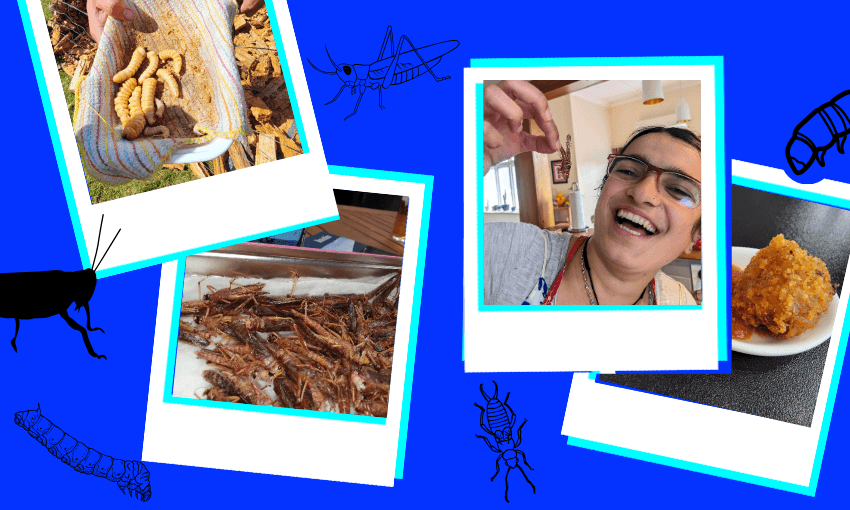Different plants need different things from the soil. For instance, lettuce and leafy greens are nitrogen hungry, but fruiting crops such as capsicum, eggplant and tomatoes will produce foliage rather than the edible fruit (and yes, they are technically fruit as they grow from flowering plants) if there is too much nitrogen in the soil. Gross feeders such as corn and pumpkins like a rich soil, so you can pile on compost and manure but carrots will twist and fork if soil is too rich.
Crop rotation is basically shifting certain plant groups each year so you don’t strip the soil of any one thing.
Plus, since specific plant families are affected by certain pests and diseases, so rotating where you grow them each year will prevent those pests and diseases building up in one spot.
READ MORE:
* How many vegetables can you grow in one square metre?
* Companion planting: how to make it work for you
* Can a weekend in the garden deliver summer’s worth of fresh food?
How to start rotating your crops
Draw up a plan of your garden. Map what you’ve grown previously, and mark any areas where you’ve added compost and manure, dug in fertiliser, limed and rested beds, or grown green crops.
Most basic crop rotation plans are based on a four-bed system, like the one I use outlined below, but if that doesn’t work for you, just divide your garden into four different areas or zones. Next year move the bed one crops to bed two, the bed three crops to bed four and so on.
IRCrockett/iStock/Stuff
Brussels sprouts are tall and top heavy with a shallow root system. Plant where they won’t be toppled by strong winds.
In bed one
Grow legumes and brassicas. So that’s beans (runner, climber and broad), peas, cabbages, cauliflower, broccoli, brussels sprouts and kohlrabi. Swedes and turnips are technically brassicas too, but grow those alongside your other root crops.
Use supports for climbing beans and peas at the back of legume bed so it doesn’t shade other crops. Sow dwarf peas or bush beans around the edges for easy harvesting.
In bed two
Plant herbs and heat-loving solanaceae such as tomatoes, eggplants, chillies and capsicums.
Potatoes are also in the solanaceae family, but again grow those with your other root crops.
When the soil is warm enough, direct sow basil, Italian parsley and other culinary herbs.
Pille Rin
When the soil is warm enough, you can sow basil seed directly into your vege bed.
In bed three
Grow cucurbits (melons, zucchini, pumpkins and cucumbers) and corn, and pop lettuces in to any gaps.
Sow pumpkins direct on the north-facing edge of your bed. The vines will wander off, soaking up sun and saving you planting space.
Always sow sweetcorn in blocks, rather than rows, as corn is wind-pollinated, and train trailing cucumber vines up the stalks.
In bed four
Reserve for root crops (garlic, spuds, carrots, beetroot and radishes) and onions. Garlic and shallots are planted in winter and should be fed in spring. Sow carrots direct in spring and summer in fine soil to avoid forked roots. Potatoes need trenches at least 20cm deep. Sow radishes on top of spuds, they are quick to germinate and will mark the rows (plus you get a bonus crop!). Slow-maturing onions and leeks can be interplanted with speedy spring onions. Kūmara can go in here too.
Sally Tagg/NZ Gardener
‘Chioggia’ beetroot are delicious and look good to boot.
Obviously this is a rough and ready guide; feel free to adapt to your own garden. But as a rule of green thumb, try to avoid growing one thing in the same spot year after year.
Even if you can’t rotate your entire vege patch, make a point of moving major crops, such as potatoes, tomatoes and brassicas, around from season to season. This makes it more difficult for soil-borne diseases to stalk them. It results in a more interesting garden too, an ever-changing edible tapestry.
If you don’t have enough room for a traditional four-bed system, don’t worry. Just knowing a little about the needs of those crops can help you to micro-manage the space you do have in order to get the best out of it and keep it in the best of health.
And remember you’ll need to put in an extra bed for crops that don’t need to be rotated. It’s only the annuals that need to be hustled into a new home each season. Perennial edibles – such as hearty clumps of rhubarb, strawberries and bramble berries; and many culinary herbs, including oregano, chives, lemongrass, sage and rosemary – require a permanent position. You can also rig up a bean frame to support perennial ‘Scarlet Runner’ climbing beans in this bed.
Jo McCarroll has edited NZ Gardener since 2010. She lives in a central Auckland suburb on a section crammed with vege beds, fruit trees and flowers.





















Discussion about this post